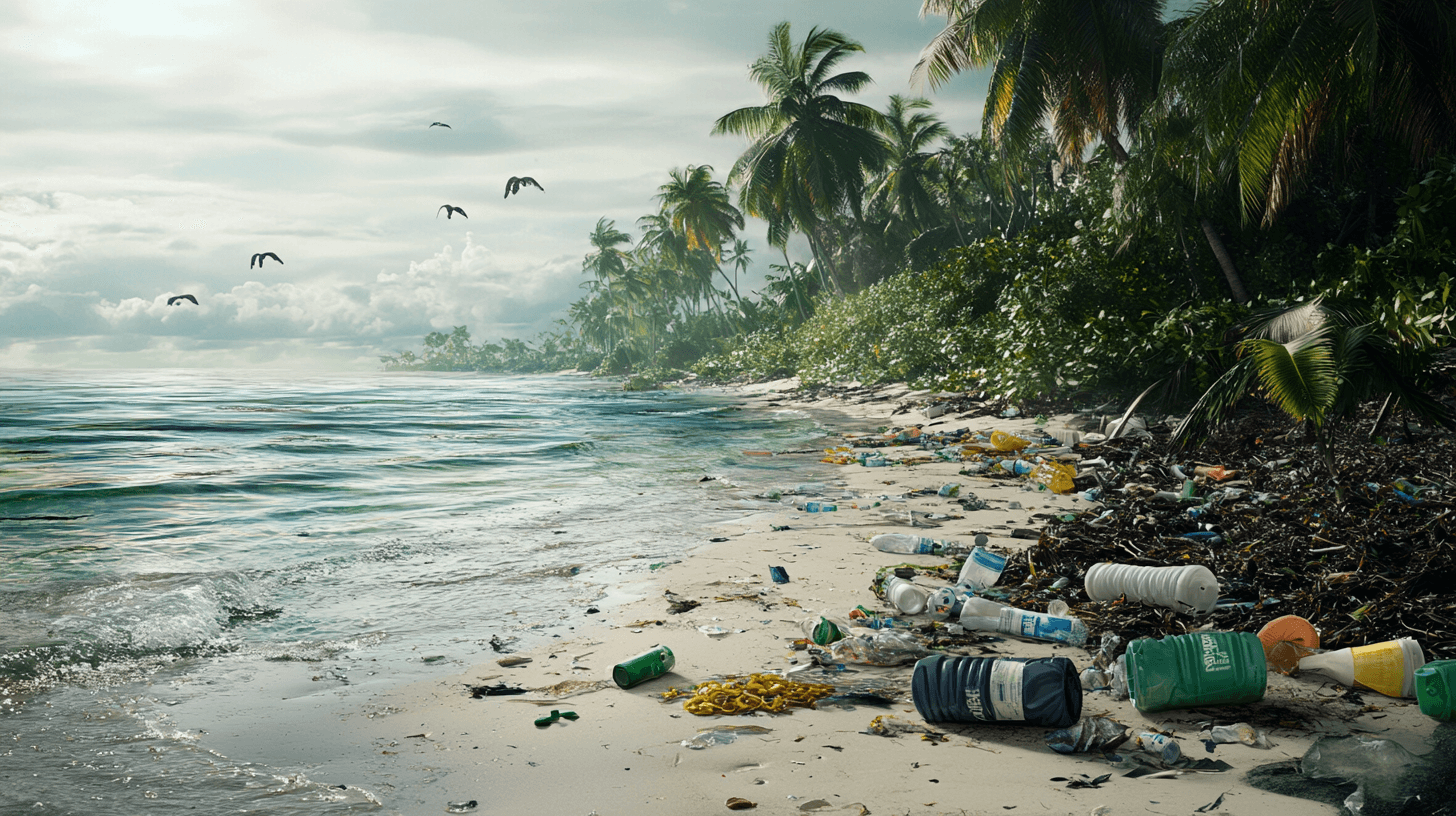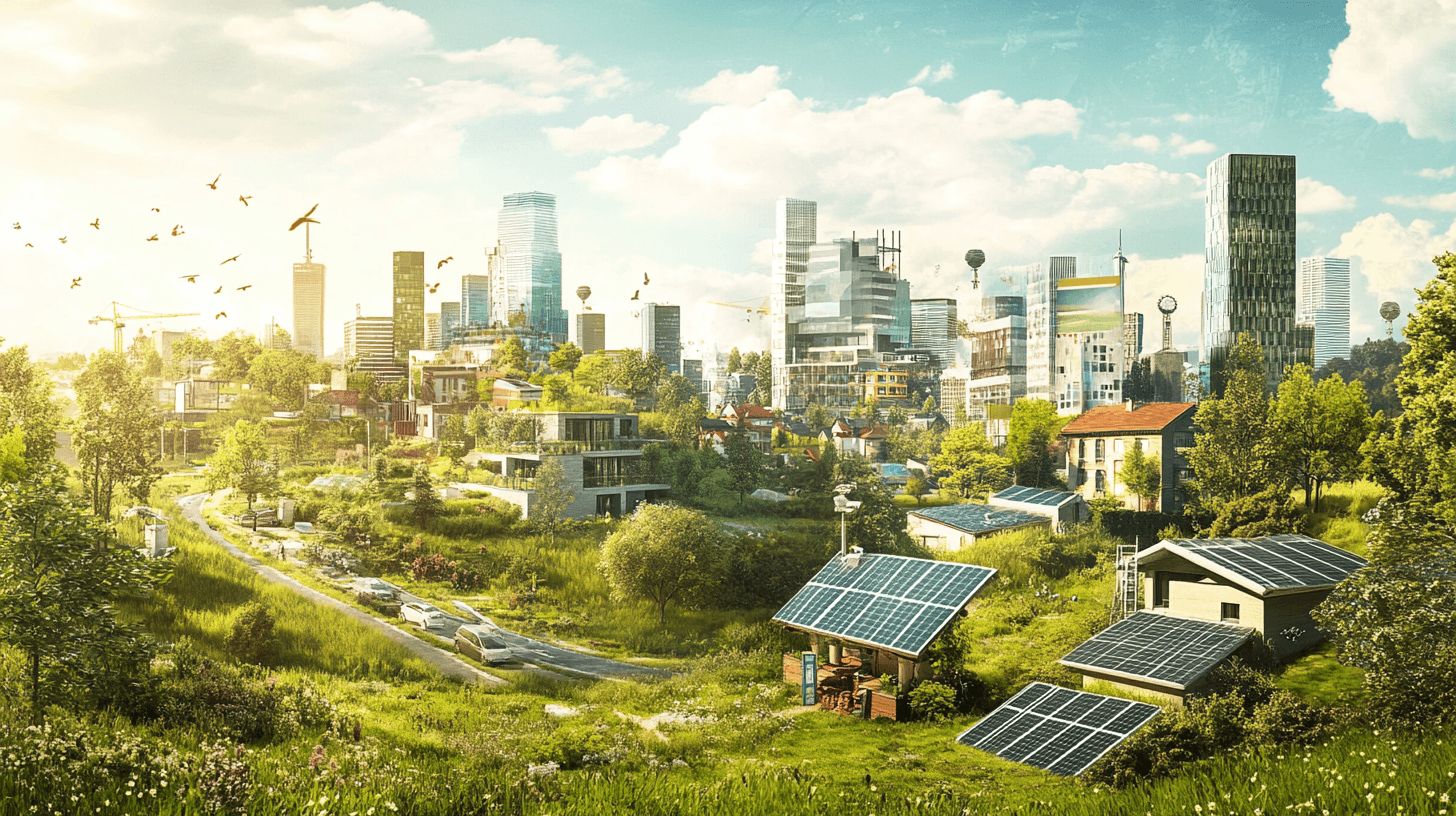Compostable plastics have been heralded as a solution to the growing plastic pollution crisis. Marketed as an eco-friendly alternative to traditional plastics, they promise to break down harmlessly in the environment. Yet recent studies are raising a critical question: Are compostable plastics living up to their claims, or are they falling short when it matters most?
The Reality of “Compostable” in Natural Environments
Research published in New Scientist revealed that common bioplastics, like polylactic acid (PLA), can persist in marine environments for over a year without breaking down. While these materials are biodegradable under industrial composting conditions—where heat, moisture, and microbial activity are tightly controlled—the ocean, rivers, and landfills offer far less favorable conditions.
The 2023 study found PLA remained largely intact after 14 months at sea, challenging the notion that these plastics are a universal solution. Without the right environment, so-called “compostable” plastics behave much like traditional plastics: they persist, accumulate, and harm ecosystems.
Misconceptions and Market Confusion
Many consumers believe that compostable plastics will break down naturally in any environment, but this isn’t the case. Industrial composting is rare outside urban areas, and many products labeled “compostable” or “biodegradable” are ending up in landfills or oceans where they do not degrade as expected.
At Better Tomorrow, we’ve seen this firsthand. One of our brands, Teevo, has been experimenting with compostable shrink wrap as part of our commitment to reducing single-use plastic. After 12 months in testing, the wrap has yet to break down fully. While we remain committed to exploring innovative packaging solutions, this experience underlines the challenges of relying on compostable plastics as a blanket solution.
Learning from Other Innovations
This conversation ties back to our recent exploration of dissolvable plastics, which offer a different approach to sustainability. As we discussed in a previous last article, dissolvable plastics are designed to break down in water under controlled conditions, avoiding the persistence of materials in the environment. We are clearly making strides on the innovation front; however, as with compostable plastics, their success depends on real-world application and proper disposal infrastructure.
A Need for Honesty and Innovation
The persistence of compostable plastics reveals a deeper issue: innovation without transparency is no innovation at all. Businesses and scientists alike must address the gap between how these materials are marketed and how they perform outside lab conditions.
Compostable plastics offer hope, but hope isn’t enough. Recent studies—and our own experience—demonstrate that these materials are not yet a silver bullet for the plastic crisis. A combination of honest conversations, continued innovation, and responsible infrastructure is needed to make a real difference. For now, the most sustainable action remains simple: reduce, reuse, and rethink how we use plastics.
References
- Corryn Wetzel (2023). Common compostable plastic fails to break down after a year at sea. New Scientist. Available online. Accessed: 17 December 2024.
- Professor Richard Thompson et.at (2023). BIO-PLASTIC-RISK: Biodegradable Bioplastics – Assessing Environmental Risk. University of Plymouth. Available online. Accessed: 17 December 2024.
- Leah Campbell (2024). Biodegradable microplastics study helps quantify their climate change impact. Phys.org. Available online. Accessed: 17 December 2024.
- Clive Thompson (2024). The Cure for Disposable Plastic Crap Is Here—and It’s Loony. Wired. Available online. Accessed: 17 December 2024.
- Jessica Rawnsley (2024). Bioplastics Start-Ups Gain Ground but Green Credentials Face Scrutiny. Financial Times. Available online. Accessed: 17 December 2024.




